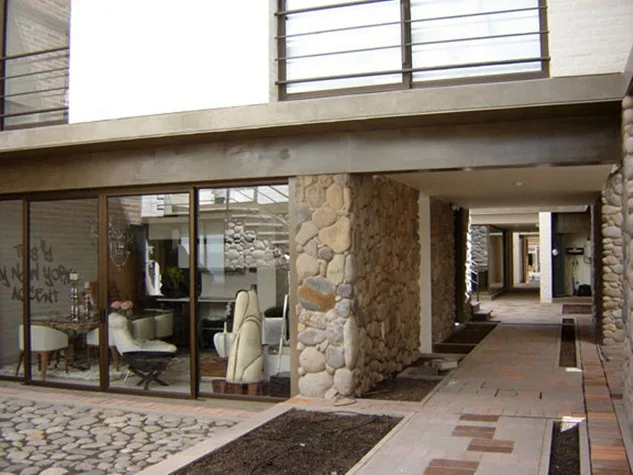Quito bioengineer brings 400-year-old Ecuadorian monastery beer back to life
Inside an old oak barrel, Ecuadorian bioengineer Javier Carvajal found a lucky mushroom: a 400-year-old yeast sample that he has since resurrected and used to reproduce what is believed to be the oldest beer in Latin America.

Ecuadorian scientist Javier Carvajal shows off vials of a resurrected yeast strain from Latin America’s oldest beer.
This single-celled microorganism, taken from a fragment of wood, was the key to recreating the formula for an elixir first brewed in Quito in 1566 by the monk Jodac Rieke, a Franciscan of Flemish descent who historians believe introduced wheat and barley to what is now the capital of Ecuador .
“We found not only a biological treasure, but also 400 years of silent domestication work yeast which is probably derived from chichi and which was collected from local environment Carvajal said. Chicha is a fermented corn drink brewed by Native Americans before Spanish colonization.
Carvajal, who already had experience recovering other yeasts, learned about the ancient Franciscan brewery in Quito by reading specialty beer magazines. It took him a year, but finally in 2008 he managed to find a barrel from the old brewery. It was kept in the Convent of San Francisco in Quito, a huge three-hectare complex built between 1537 and 1680 that is now a museum.
After removing the shard, Carvajal used a microscope to find a tiny sample of yeast, which he managed to resurrect after a long period of cultivation. In his laboratory at the Catholic University of Ecuador, Carvajal takes a small vial of a variety of yeast, Saccharomyces cerevisiaerescatada. “It lives here in a small container. It’s very modest, but it’s the star” of the lab, the 59-year-old said.
Carvajal, who comes from a brewing family, found an article in an industry magazine that vaguely described the formula for a 16th-century Franciscan drink.
Gradually, he gathered pieces of information to bring the kvass to life with aromas of cinnamon, fig, clove and sugar cane. “There were a huge number of gaps in the recipe, and my job was to fill in those gaps,” Carvajal said. “It’s a job of beer archeology within microbial archeology” he had to do to save the yeast that creates most of the drink’s flavor.
After a decade of research and testing, Carvajal began brewing beer at home in 2018, but the pandemic derailed his attempts to commercialize it. He hasn’t come up with it yet launch date for its product, nor cost.
Carvajal compares his work, done centuries after the Franciscans domesticated yeast, to intensive therapy on a molecular scale. “They seem to have been at rest, like dried seeds, but have deteriorated over the years. So you have to reconstitute them, liquefy them, hydrate them and see if their vitals come back.”
Historian Javier Gomesjurado, who wrote a book on Quito’s drinks, told AFP that the brewery in the San Francisco monastery was the first brewery in Spanish-speaking America. It started in 1566, but at the time the monastery had only eight monks and production was minimal, Gomesjurada said.
With the introduction of machinery into the brewing industry, ancient recipes began to disappear. The brewery closed in 1970.
For Carvajal, recreating the yeast and age-old techniques used to create the ancient recipe was simply a labor of love for “the value of the intangible.”
__________________
Credit: News Live Florida





















